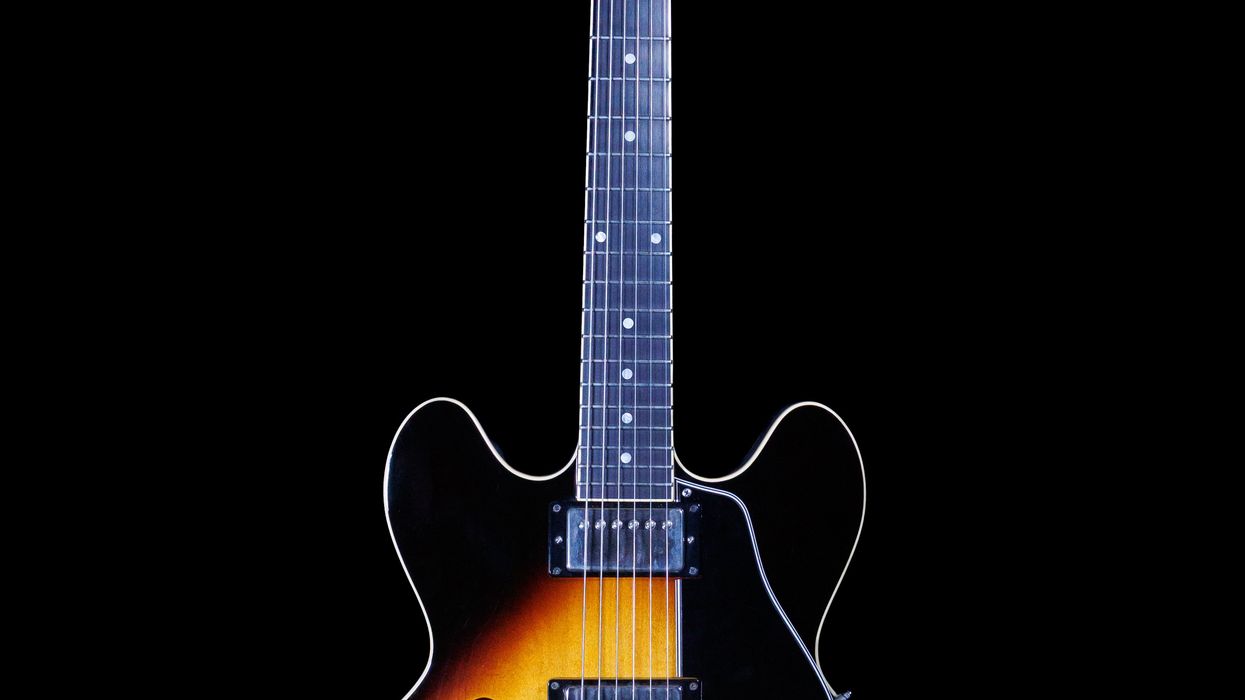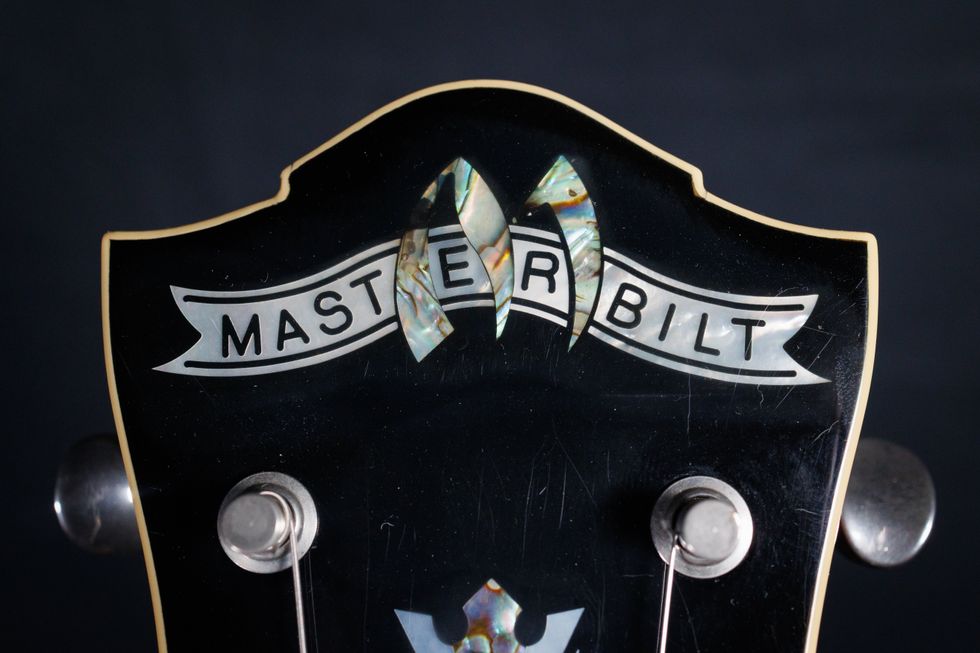In 1958 Gibson combined concepts from the Les Paul solidbody guitar they'd introduced in 1952, and the thinline guitars the company launched in 1955. While the Les Paul had unique sustain and an incisive tone, some players accustomed to a more traditional guitar shape considered the model uncomfortable. Meanwhile, thinline models proved comfortable and lightweight, but were prone to feedback at high stage volume. The resulting guitar, built with a solid maple center block with hollow arched “wings" attached, was named the ES-335.
The original catalog text describes Gibson's objective: “New body construction, with solid fitting neck, pickups and adjustable bridge, provides the solidity essential for clear, sparkling, sustaining tone—while retaining a body size and shape that is easy and comfortable to hold. Provides easy access throughout the entire twenty-two fret range on all six strings."
The ES-335 was initially offered with two finish options: sunburst and natural. A see-through cherry finish replaced the natural option by the end of 1960.
Gibson's 1959 catalog details the characteristics Gibson thought most important: “The double cutaway, thin body, with arched top and back of curly maple has matching maple rims and pearloid binding – extra narrow, slim Honduras mahogany neck with Gibson Adjustable Truss Rod – attractive peghead with large pearl inlays – rosewood fingerboard with pearl dot inlays – twin humbucking pickups located for contrasting treble and bass response – individually adjustable polepieces – separate tone and volume controls which can be preset – toggle switch to activate either or both pickups – Tune-O-Matic bridge permits adjustment of string action and individual string length for perfect intonation – nickel plated metal parts – enclosed individual machine heads with deluxe buttons."
Collectors refer to the wide, round horns of early 335s as “Mickey Mouse ears." Gibson scaled them down after 1962.
The two ES-335TNs pictured here share the features common to late-1959 and early-1960 models. The fretboards have dot inlays (as 335s would until the summer of 1962). The long pickguards reach below the bridge. (The pickguard would be shortened in mid-1960.) The horns of the cutaways were wider and more rounded between 1958 and 1962 than in later years, and have become known by collectors as “Mickey Mouse ears."
Both these natural ES-335s were factory equipped with Bigsby vibratos. In some instances, if the order was received in time, no stop tailpiece holes would be drilled. But in these cases, the bodies were near completion before it was decided they would be fitted with Bigsbys. Circular inserts cover the holes—pearloid on the '59, and metal on the '60.
Gibson sometimes installed Bigsby tremolos only after holes had been routed for a stop tailpiece.
On this 1959 model, pearloid caps conceal the holes.
The 1959 list price for an ES-335TN was $282.50 plus $46.50 for a case. The current value for a 1959 ES-335TN in excellent all-original condition is $50,000. A 1960 version is $40,000.
Sources for this article include: Gibson Electrics—The Classic Years by A.R. Duchossoir, Rickenbacker by Richard R. Smith, and The Gibson 335: Its History and Its Players by Adrian Ingram.


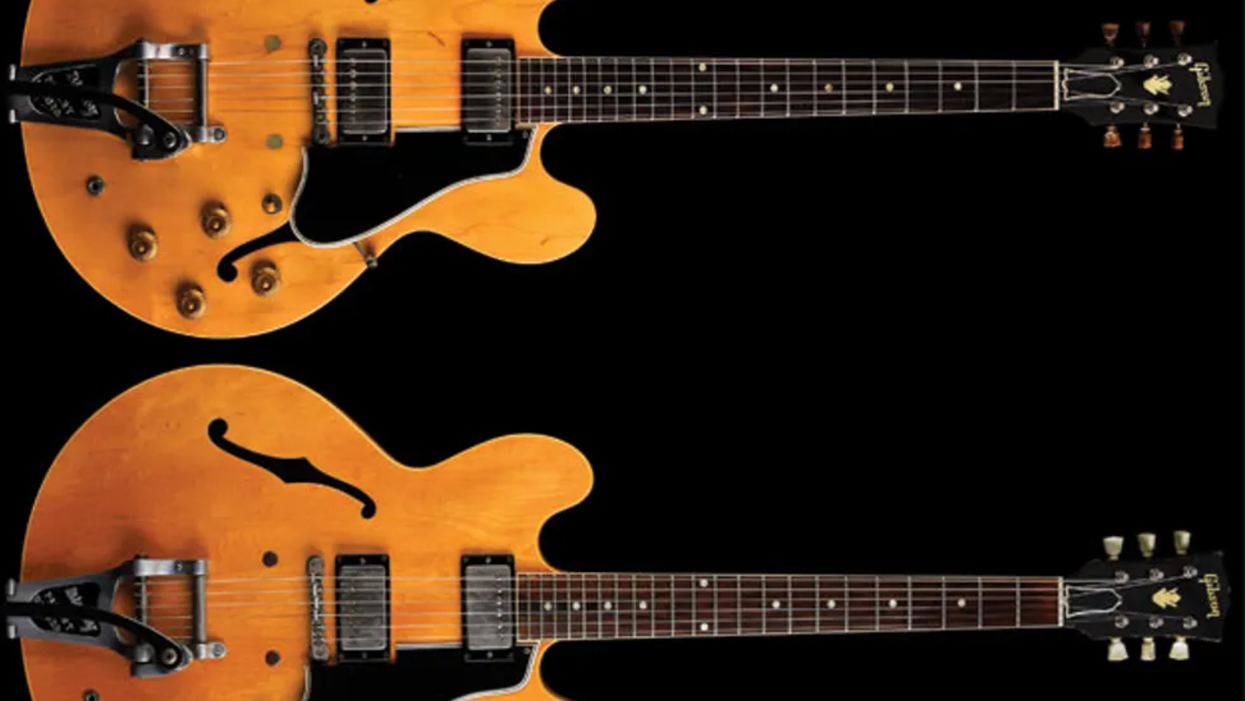
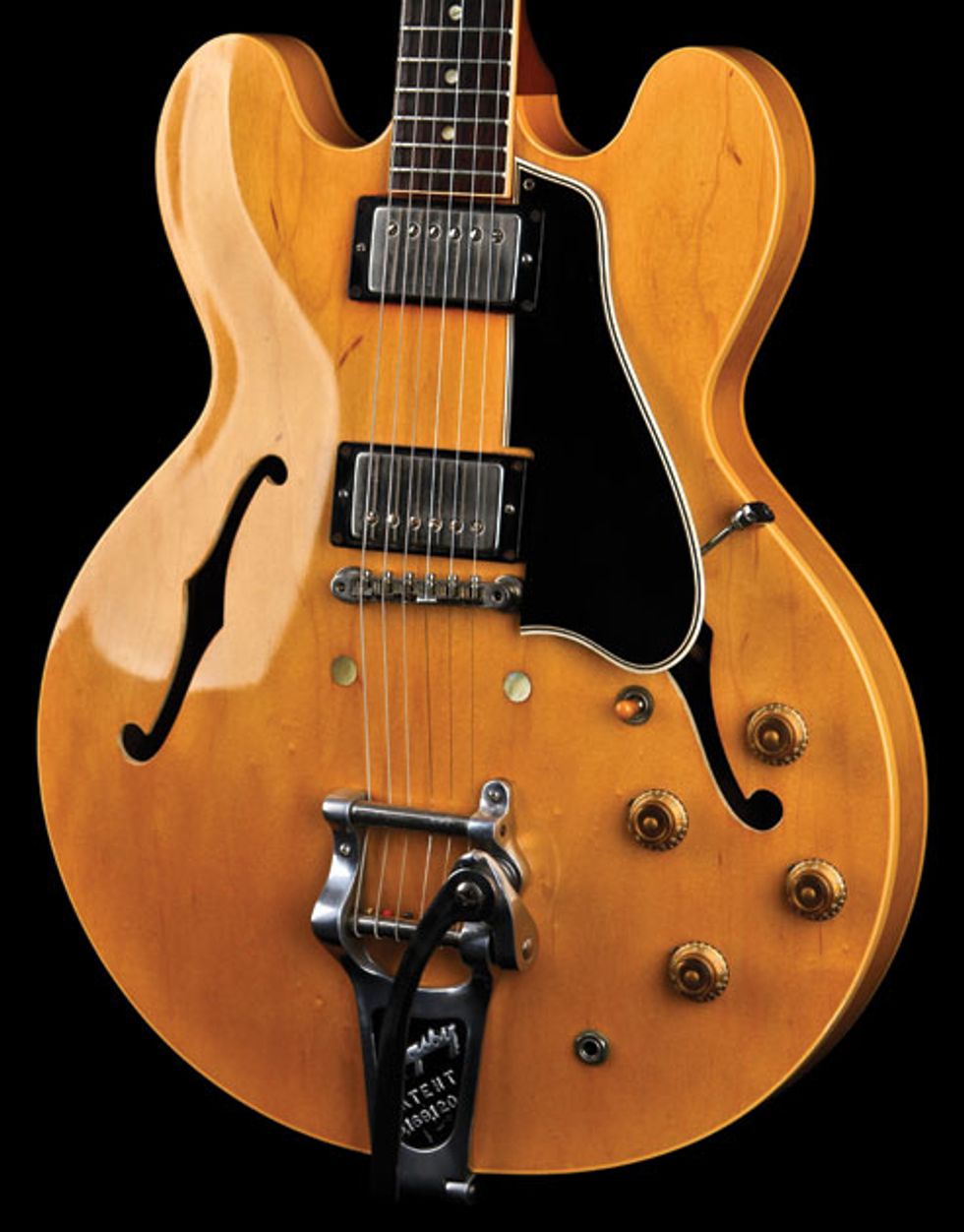
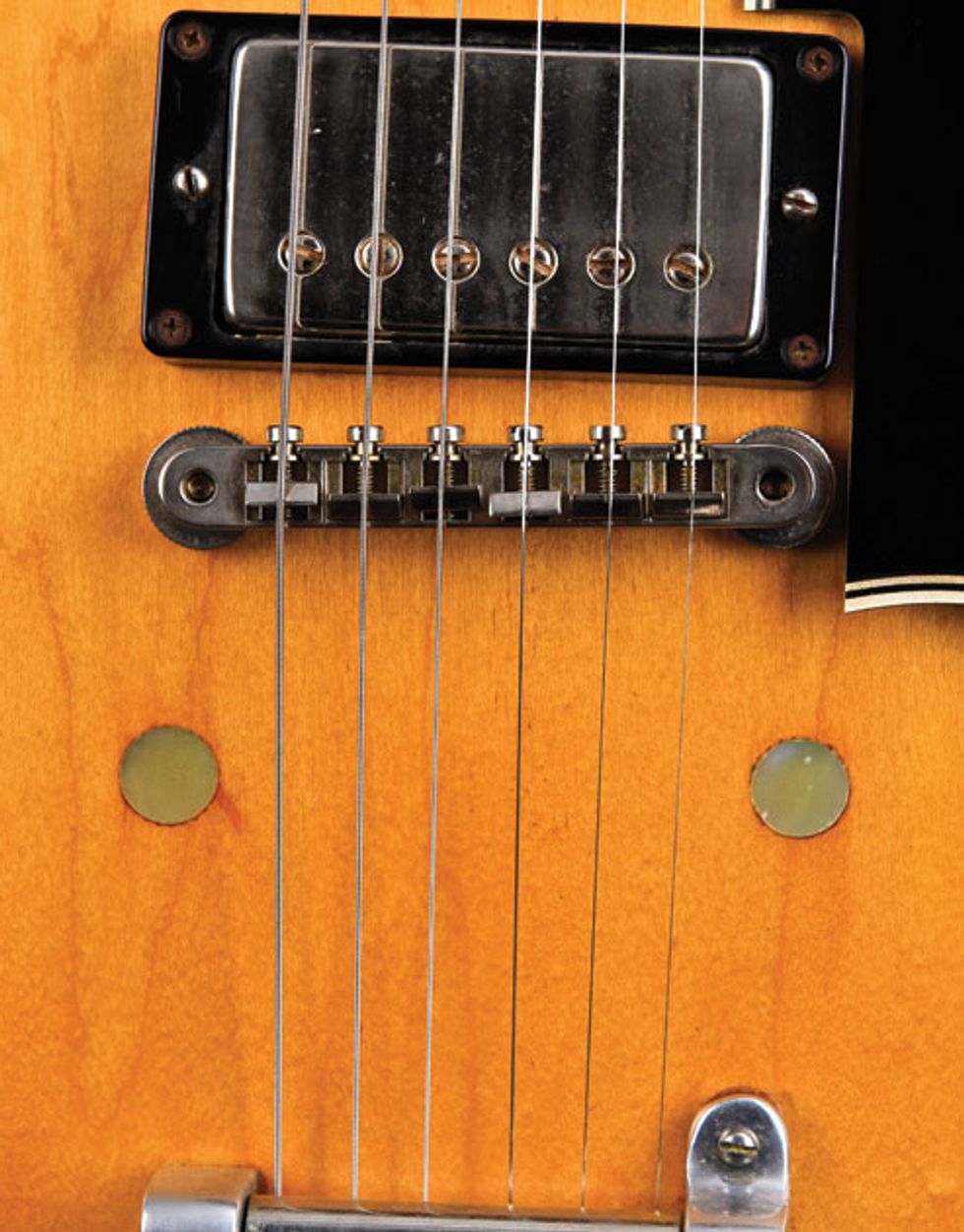

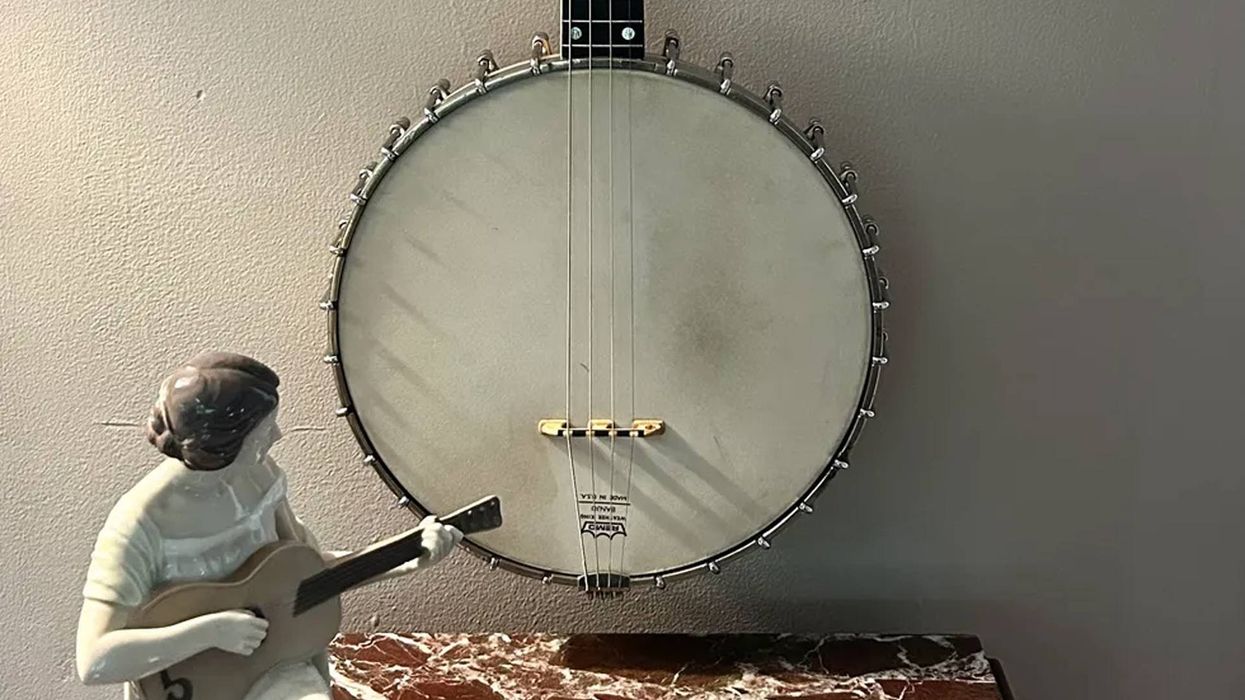
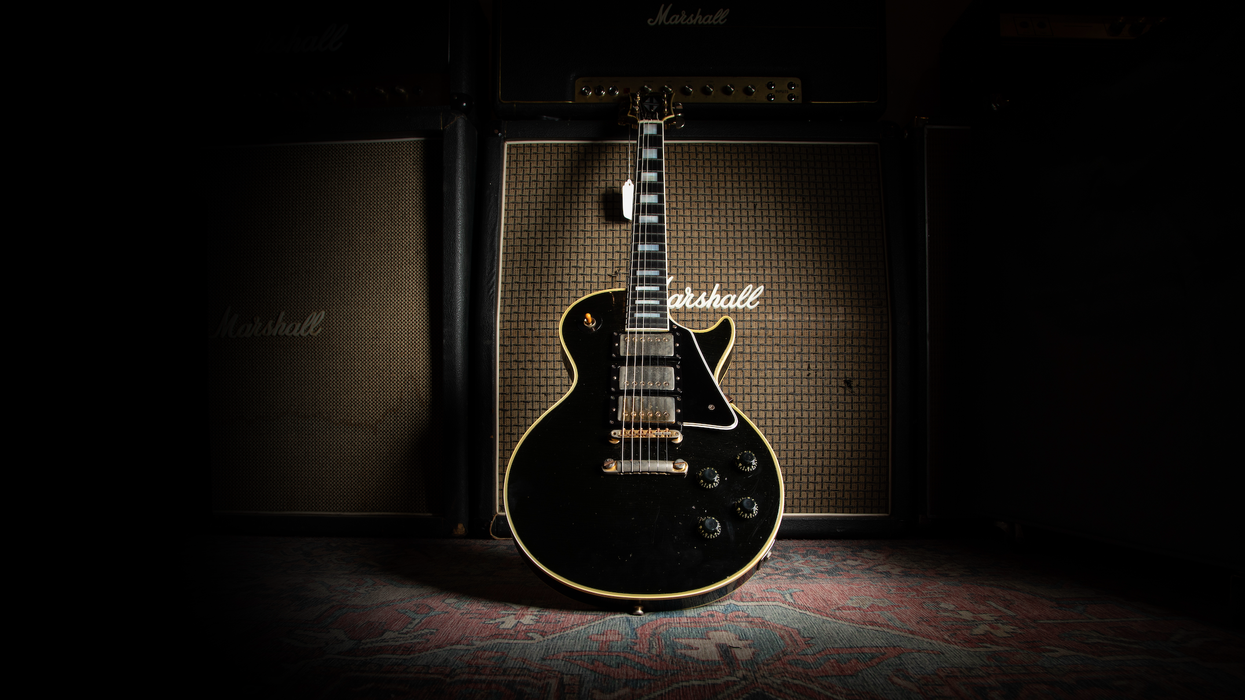
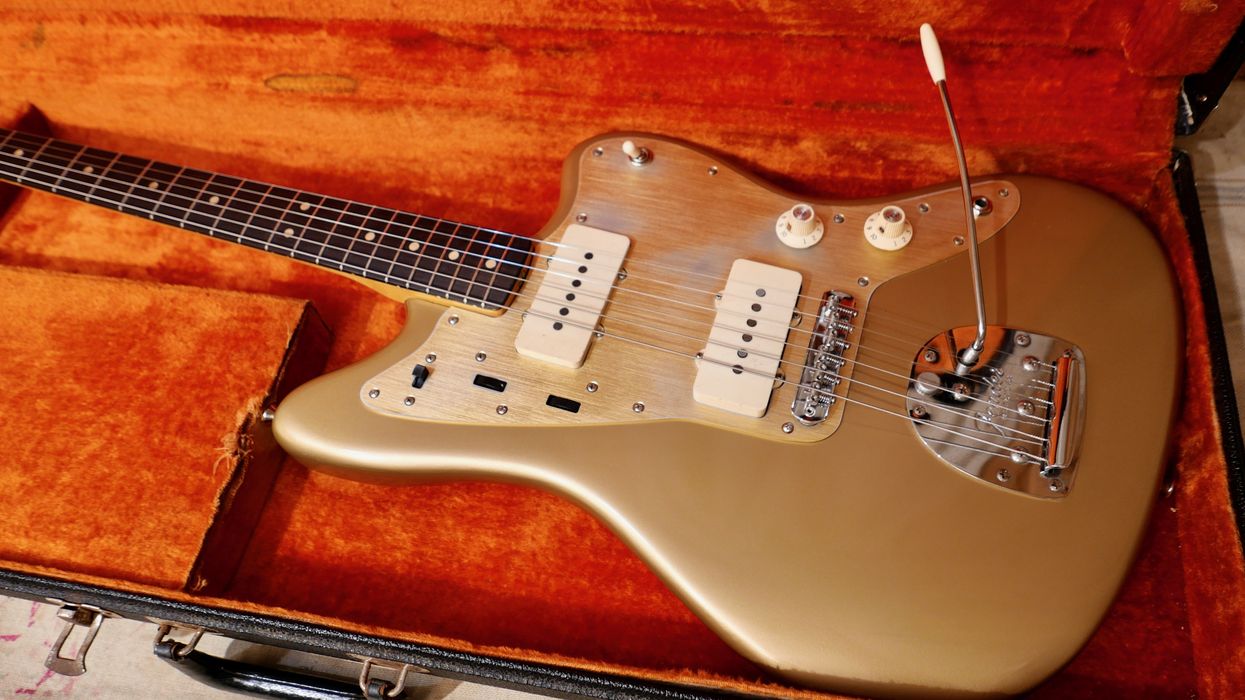


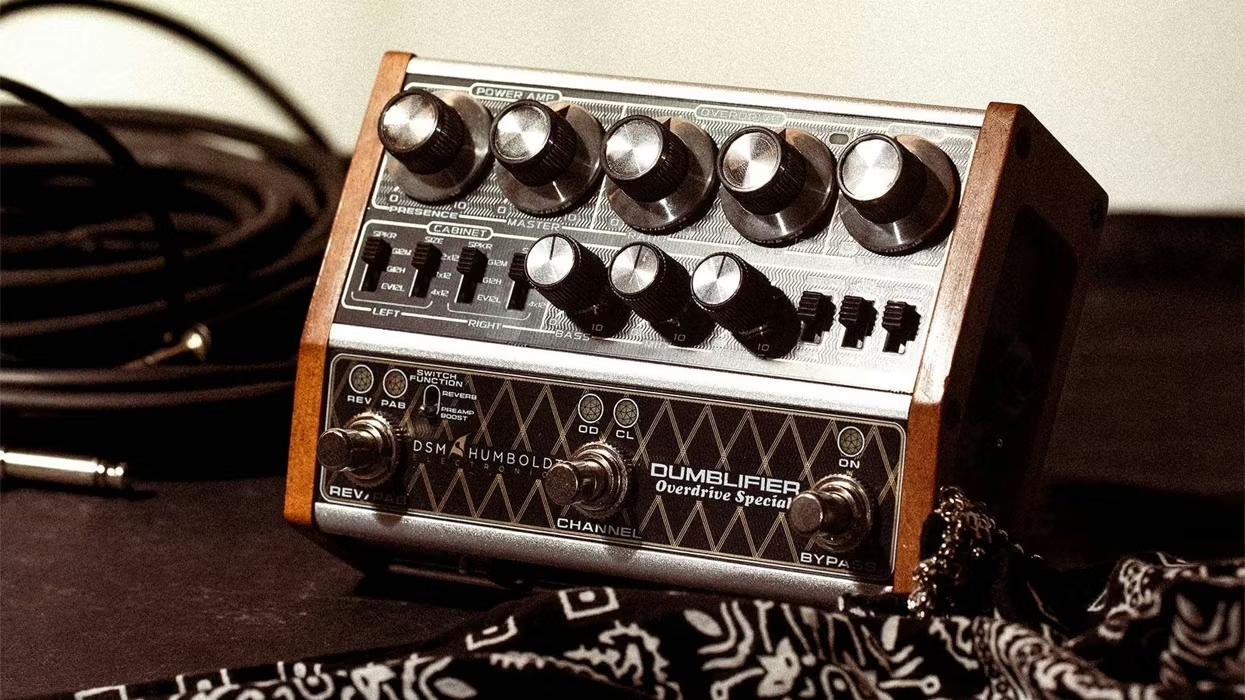
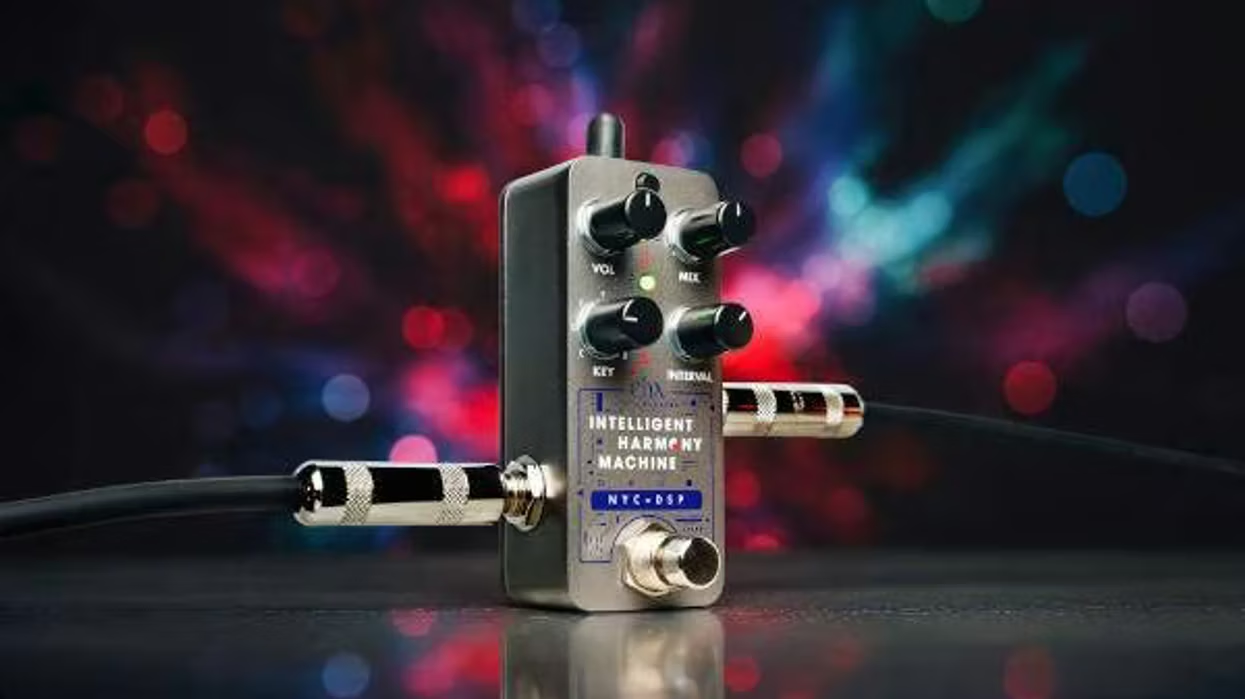
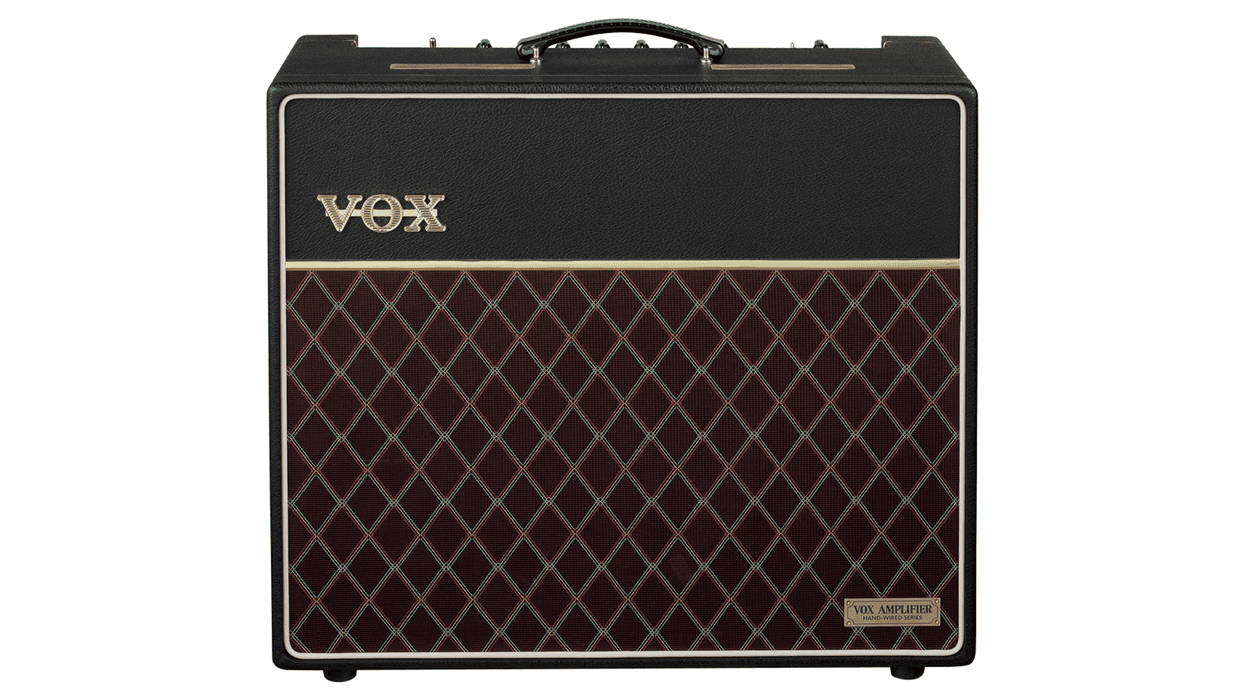


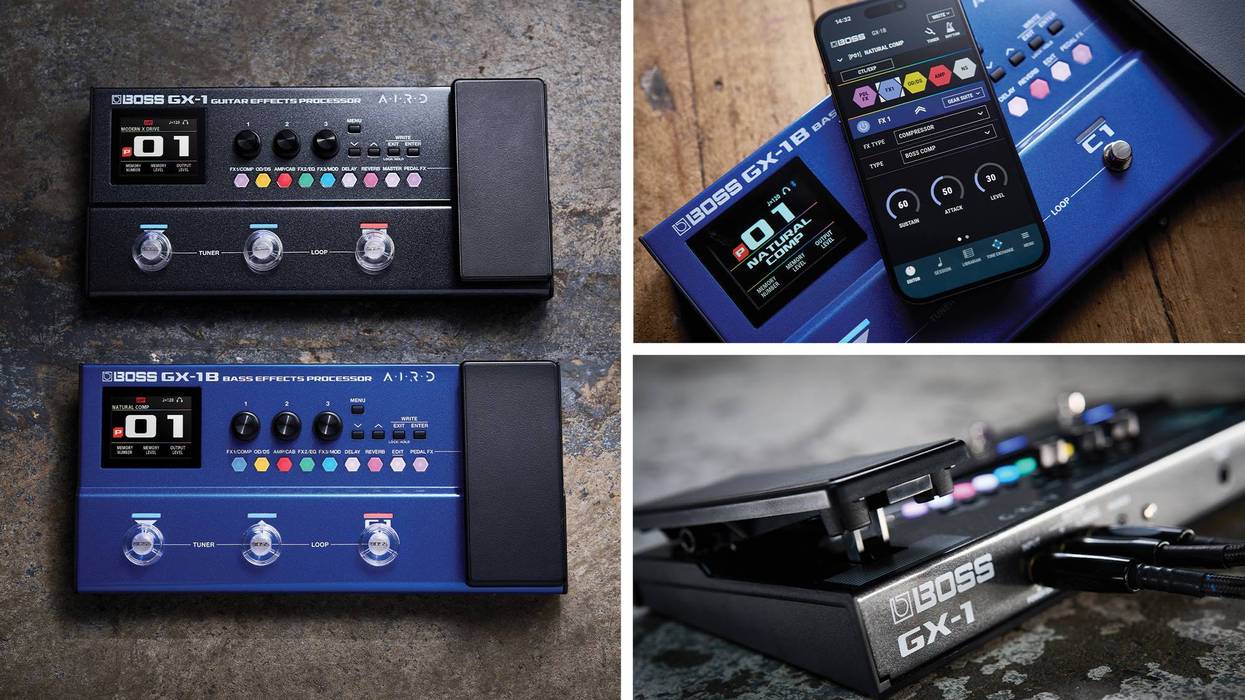
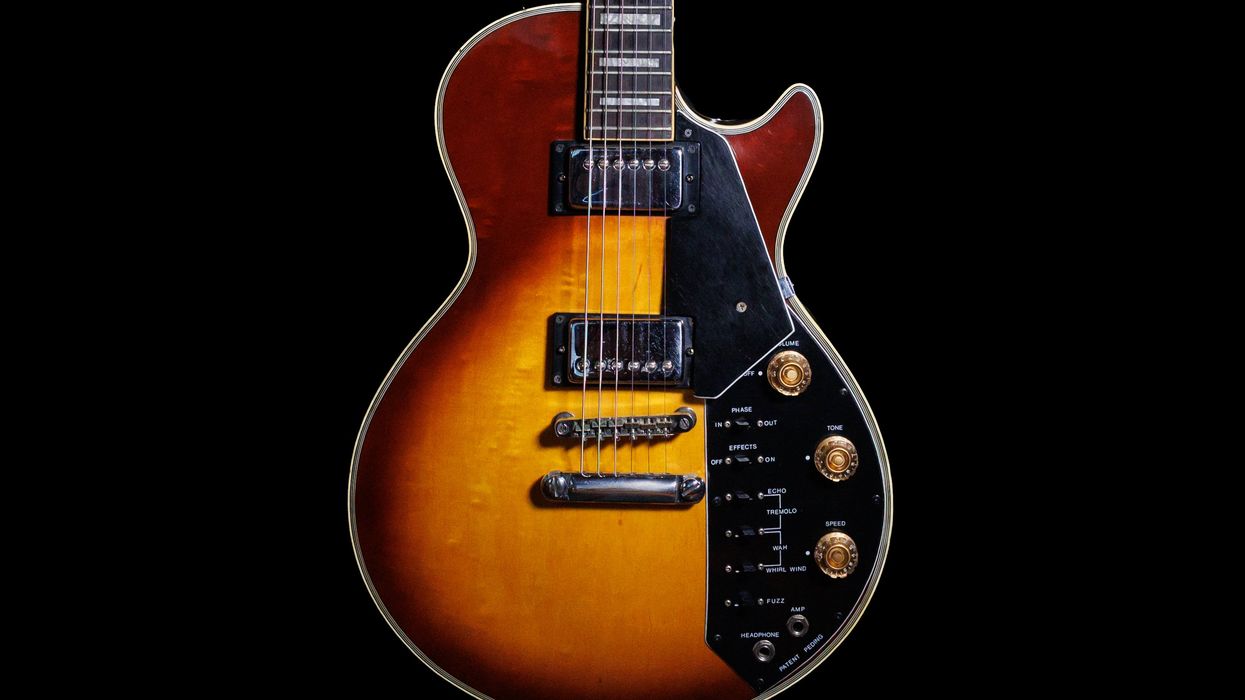
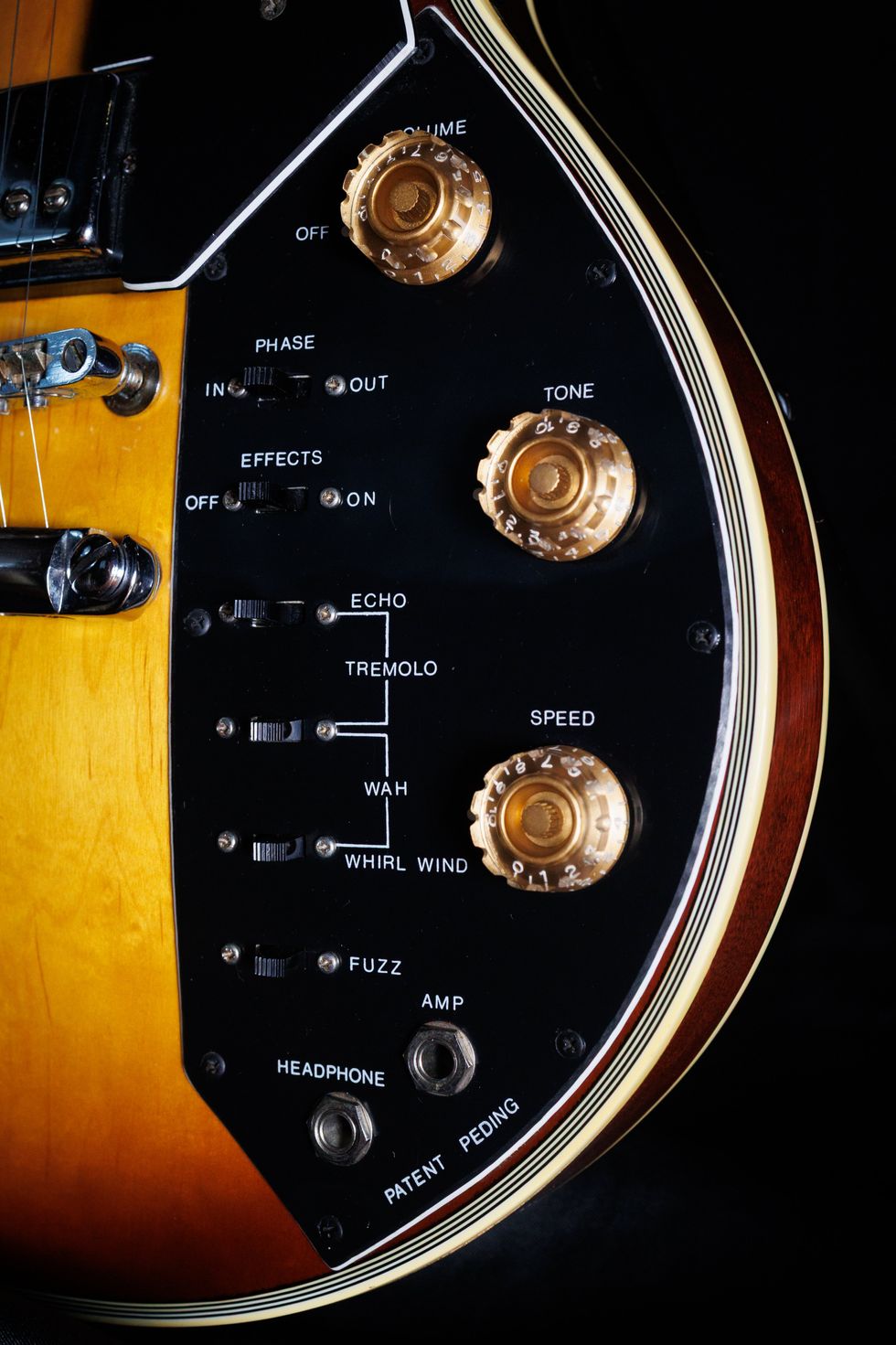
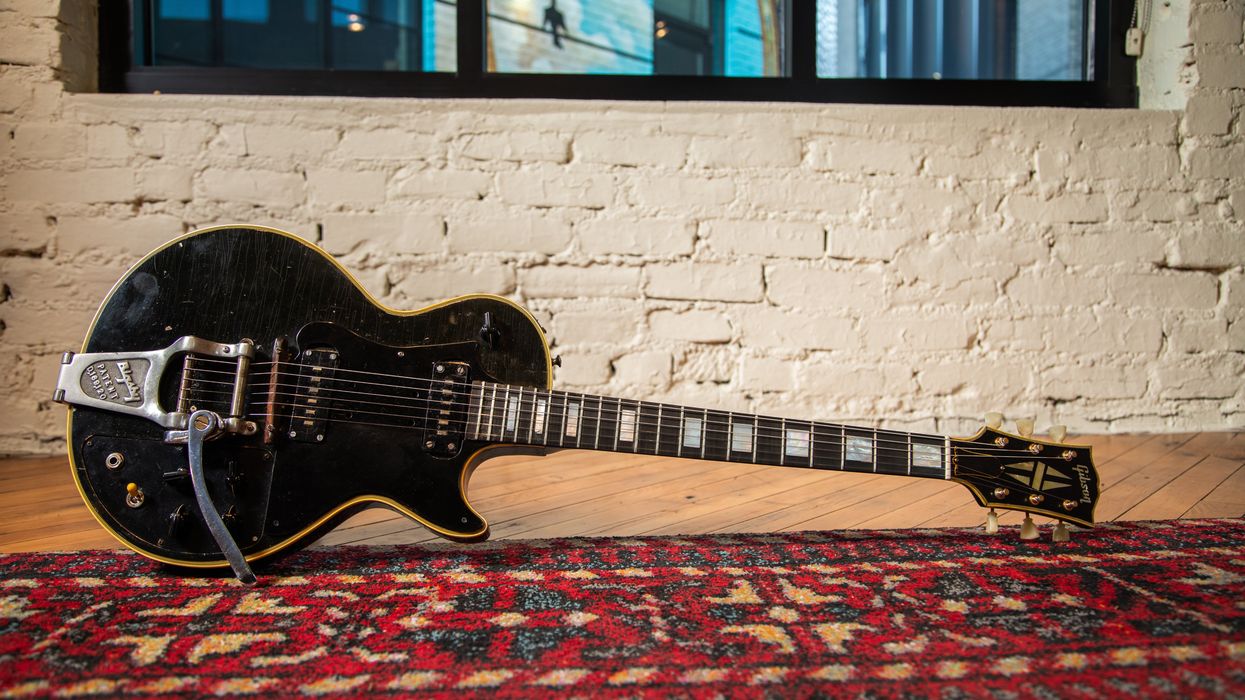
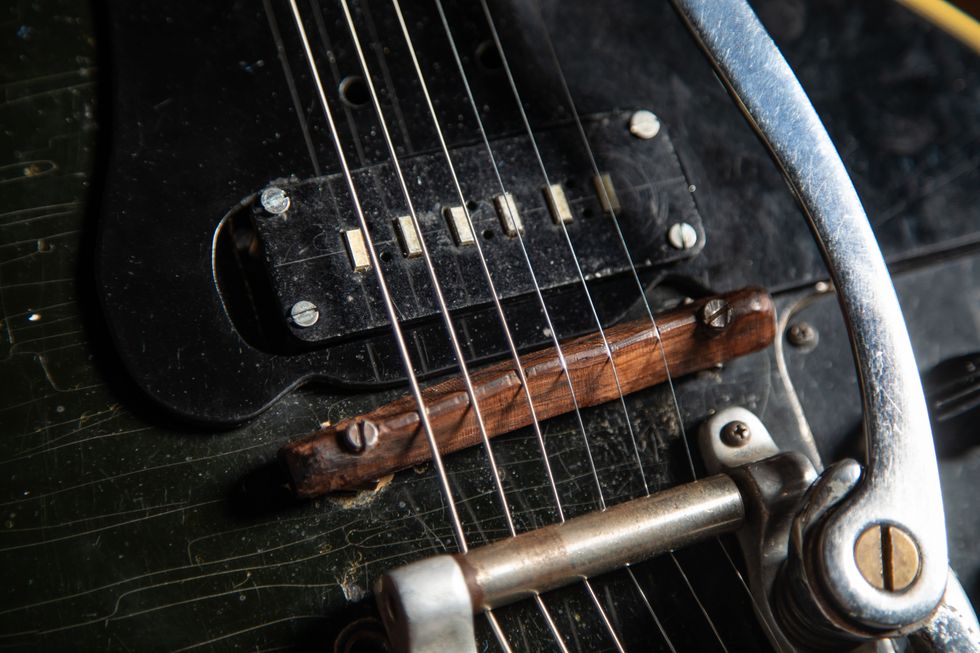
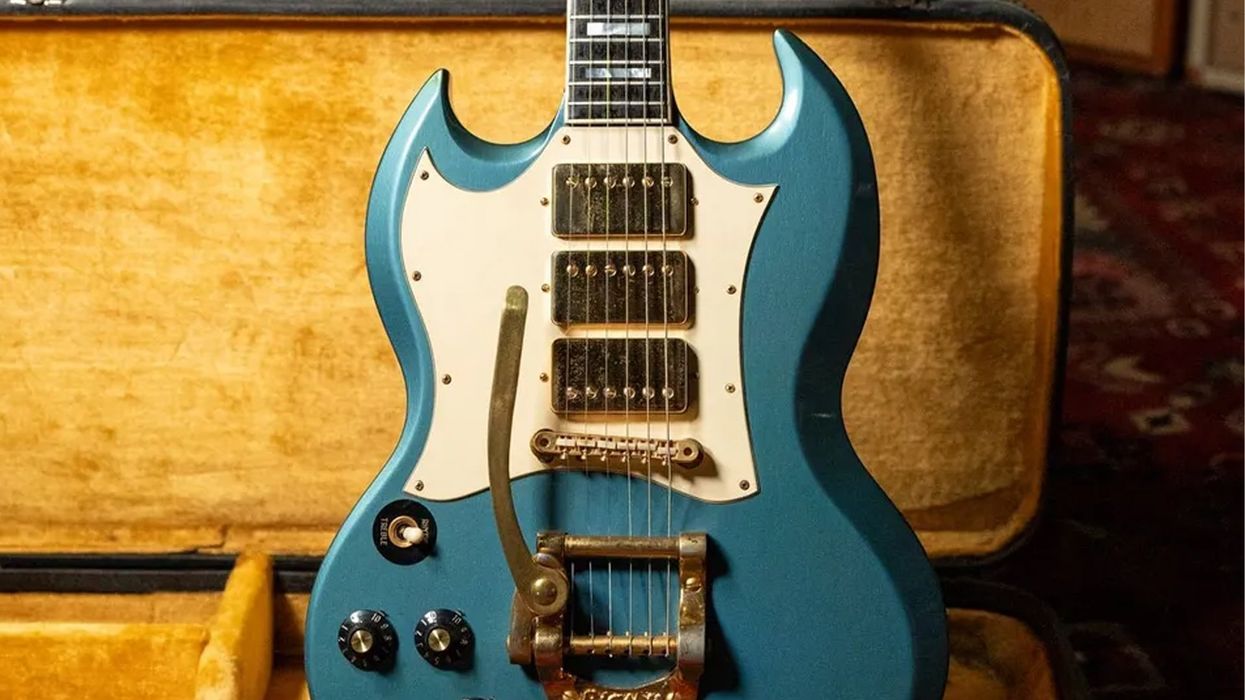
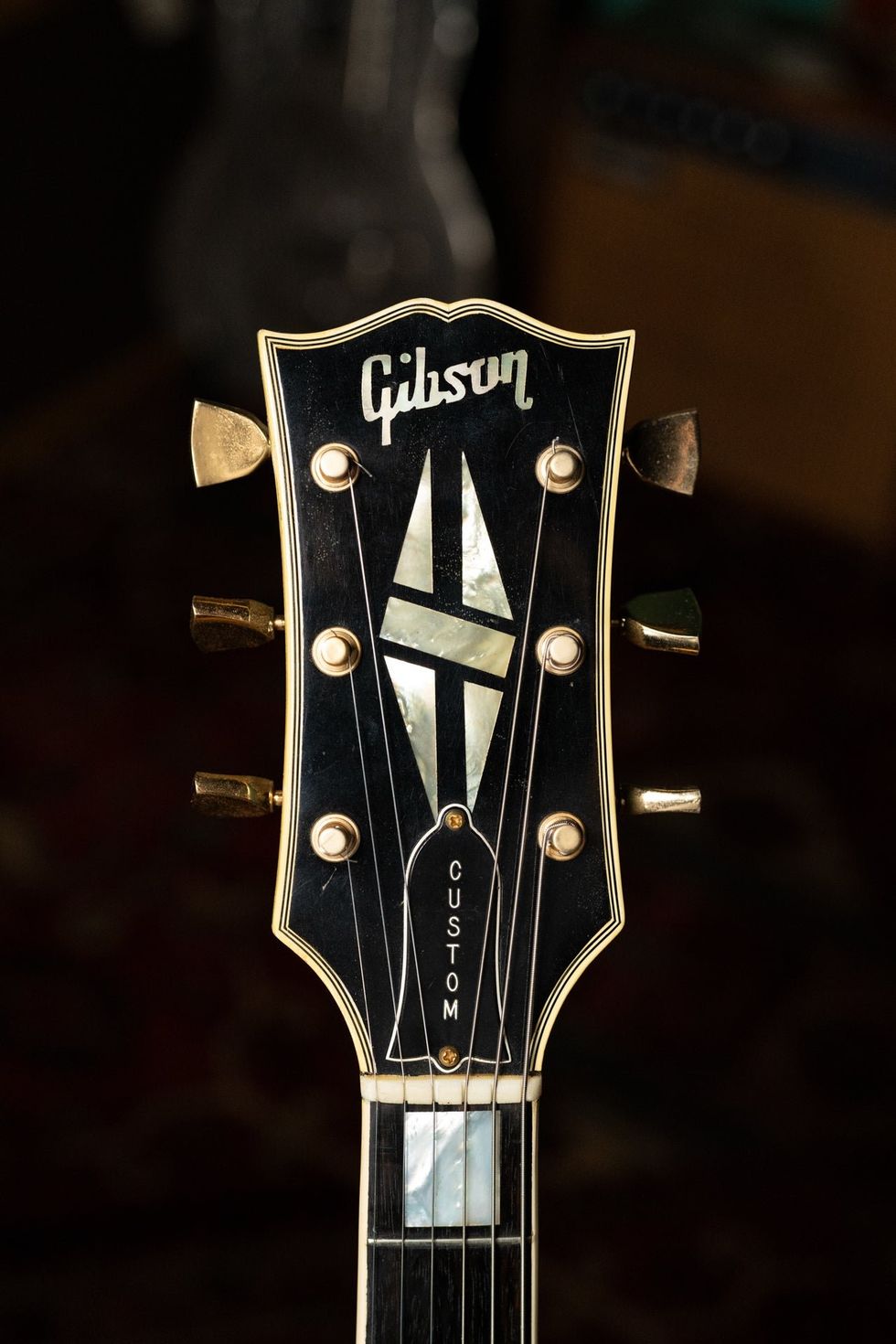
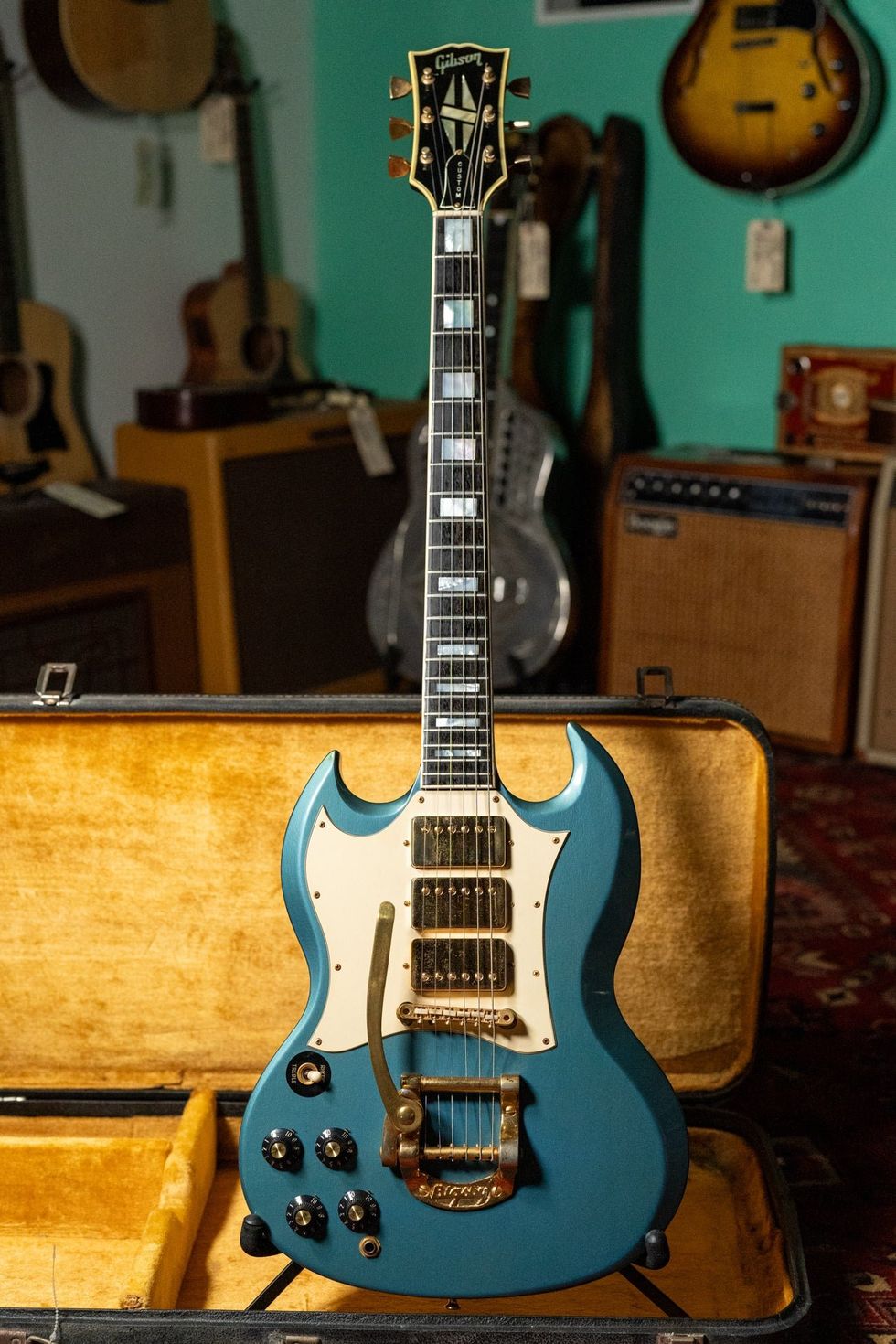 Whether or not Jimi Hendrix actually played this guitar might come down to how lucky its buyer feels.Photo courtesy of Imperial Vintage Guitars Reverb Shop
Whether or not Jimi Hendrix actually played this guitar might come down to how lucky its buyer feels.Photo courtesy of Imperial Vintage Guitars Reverb Shop